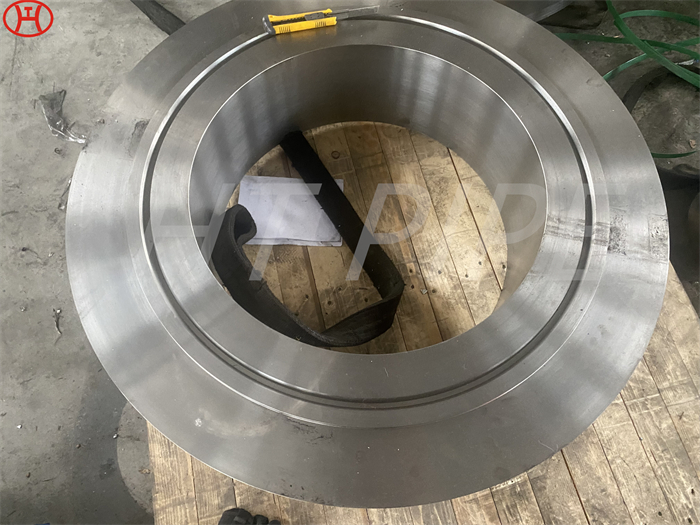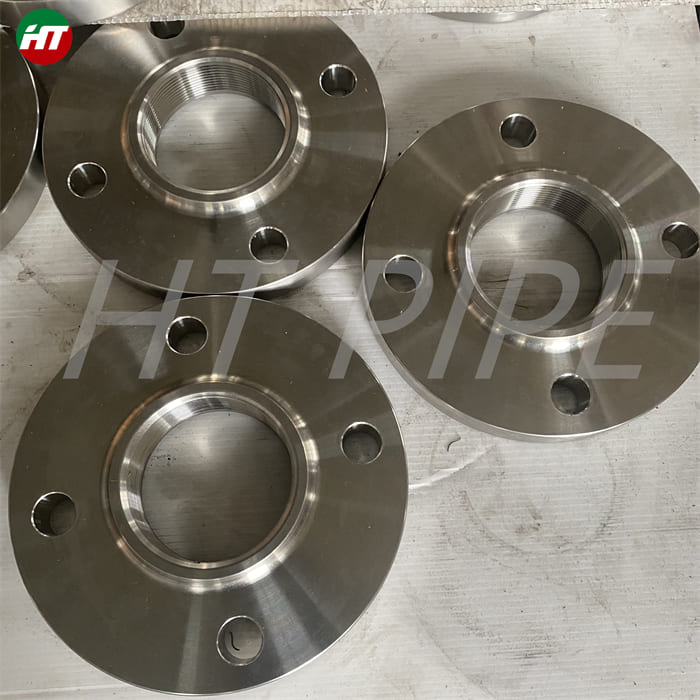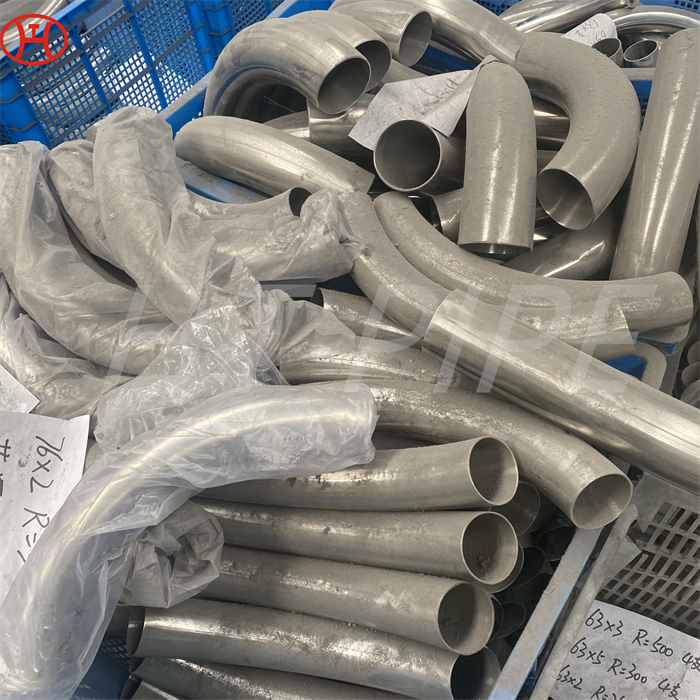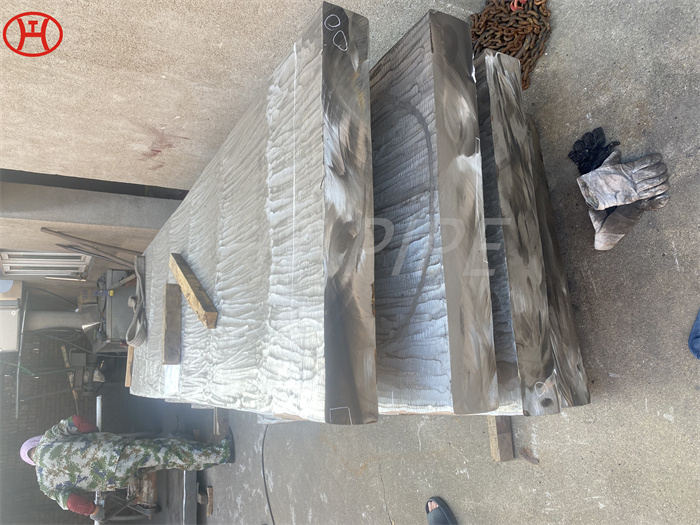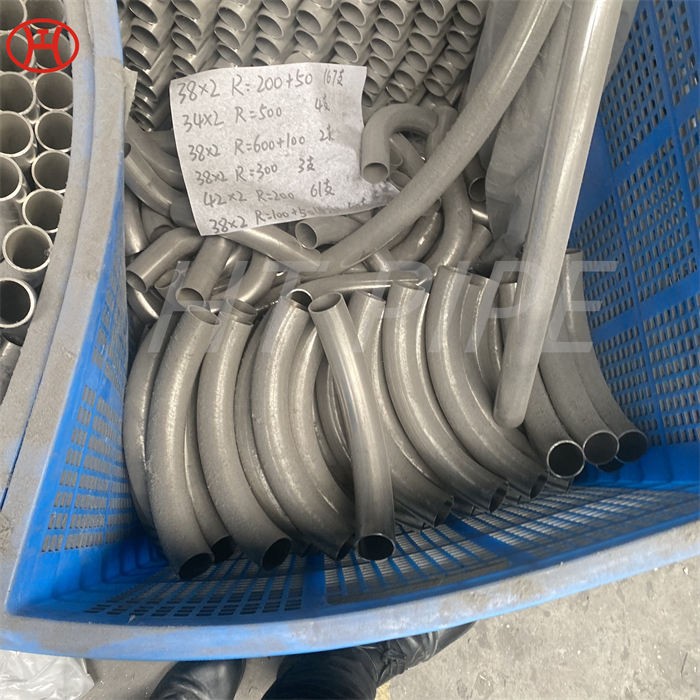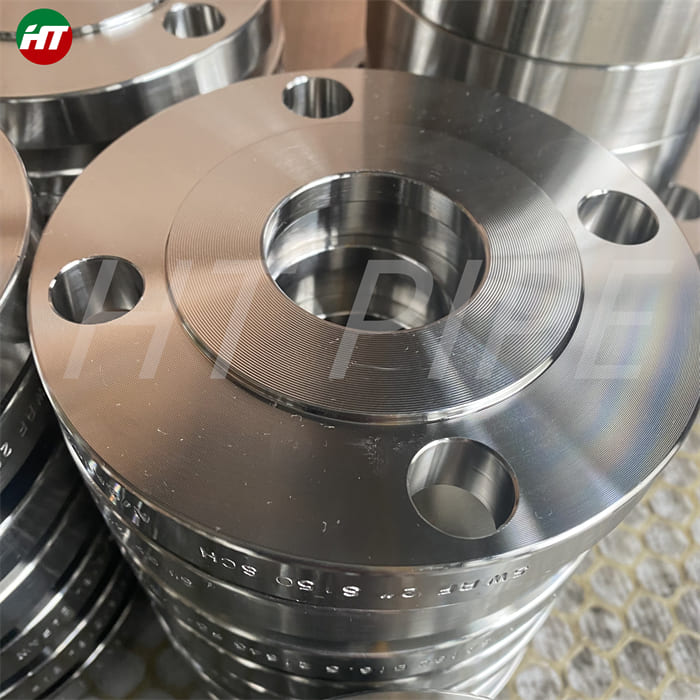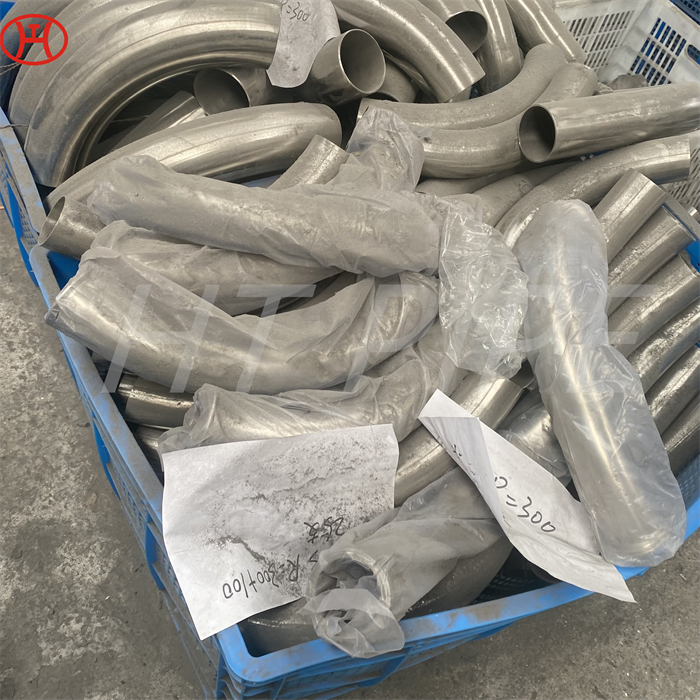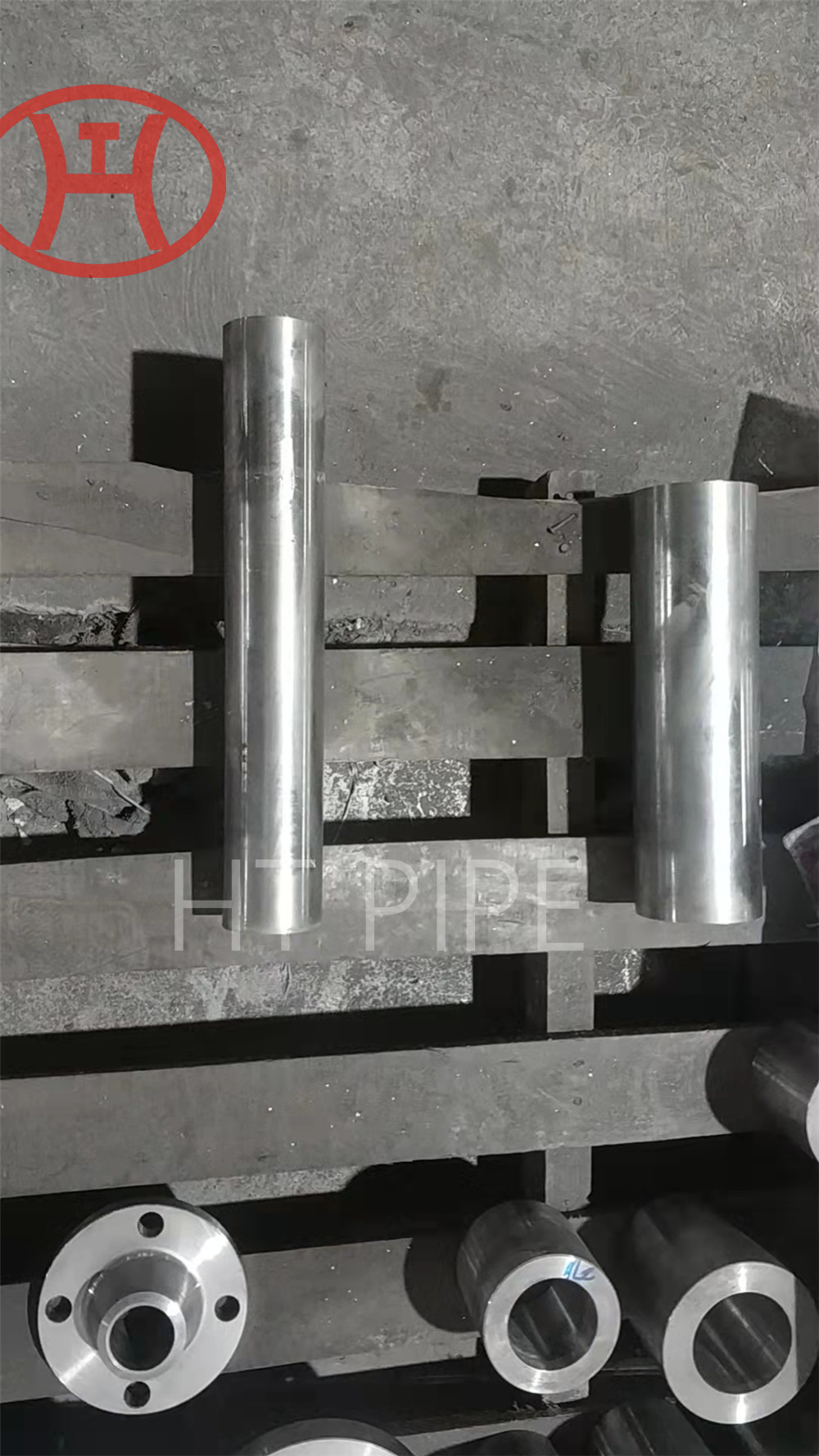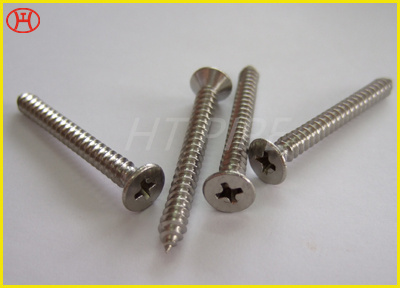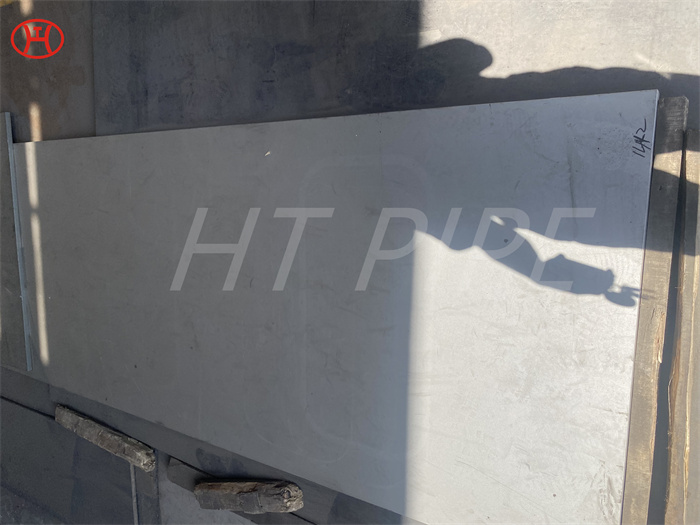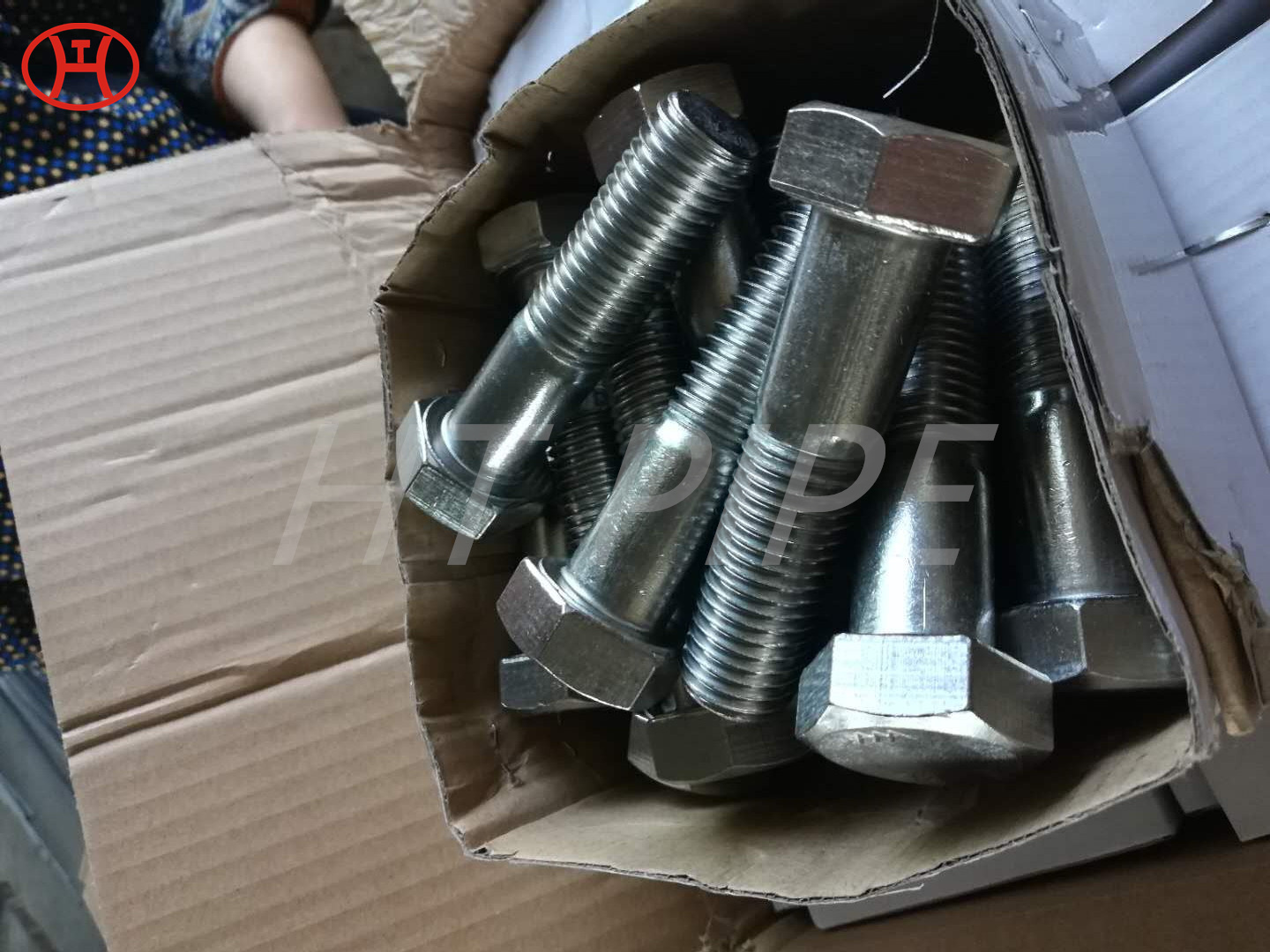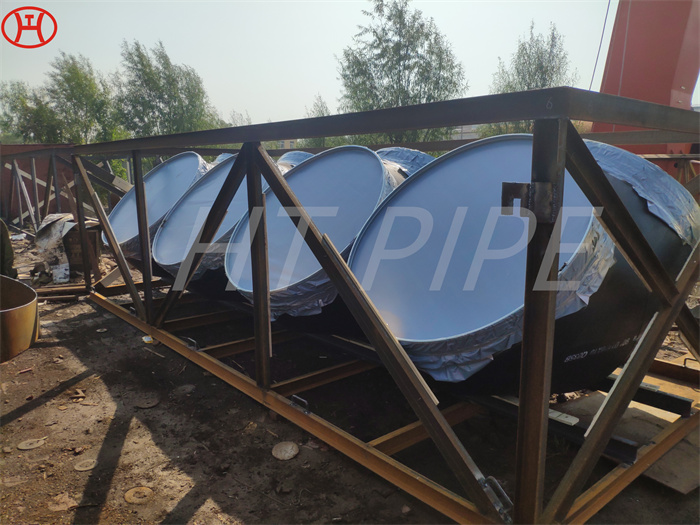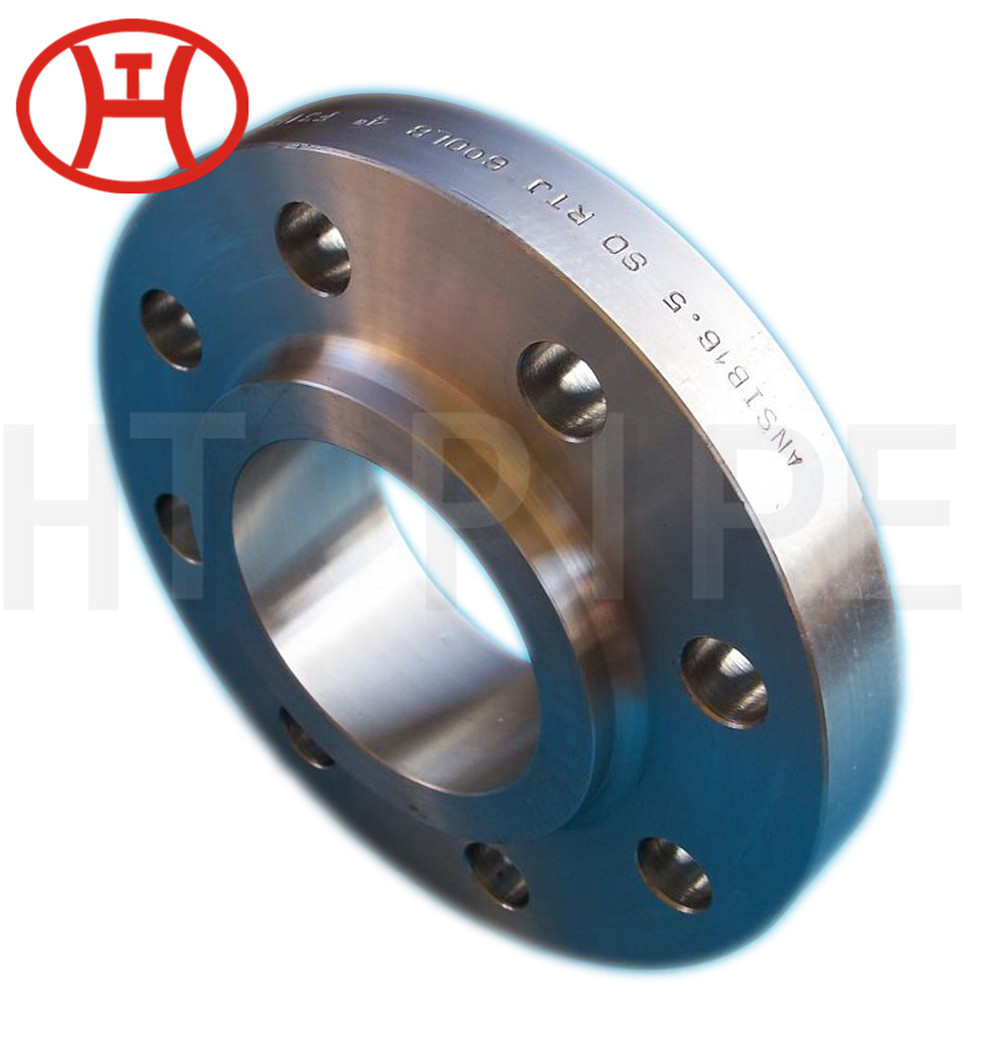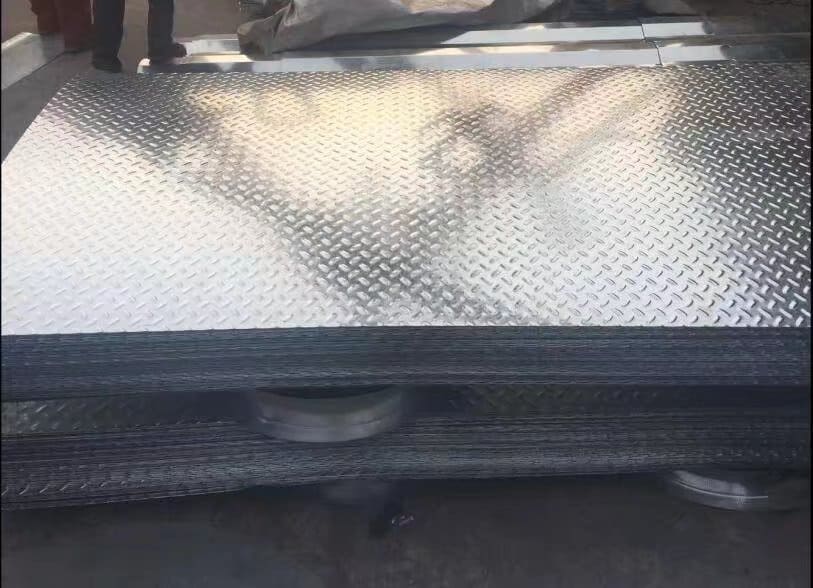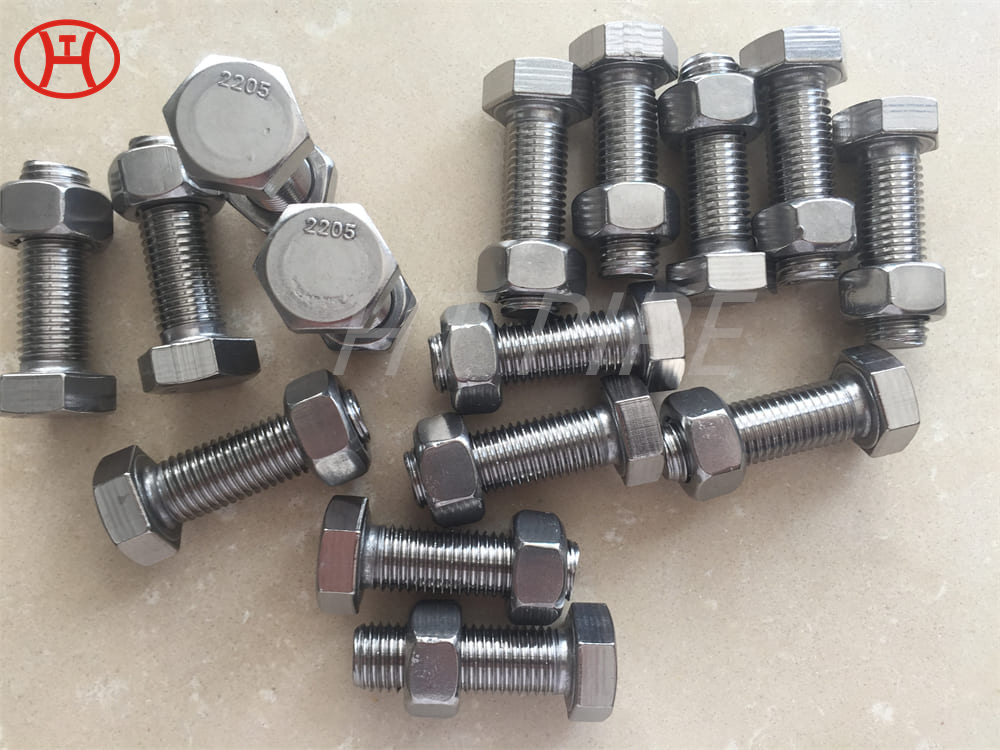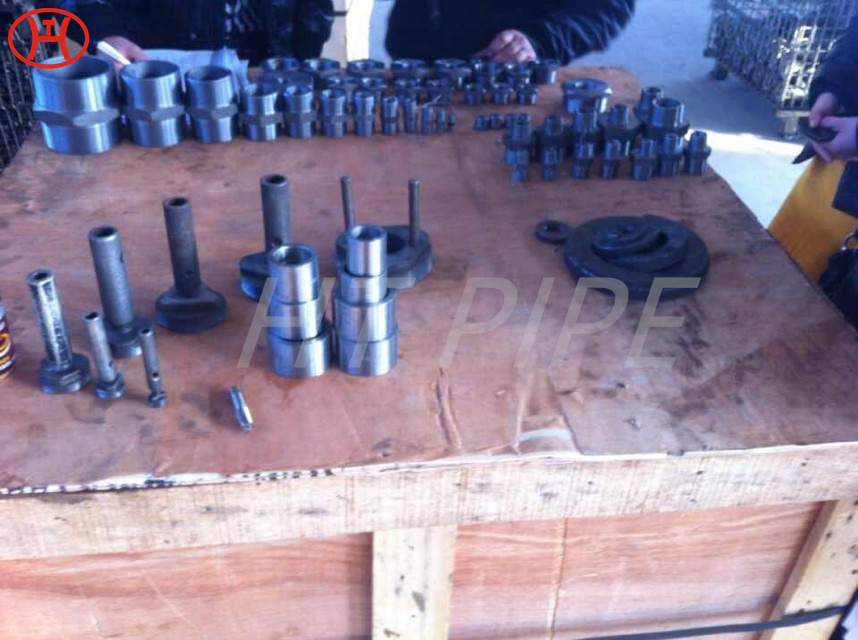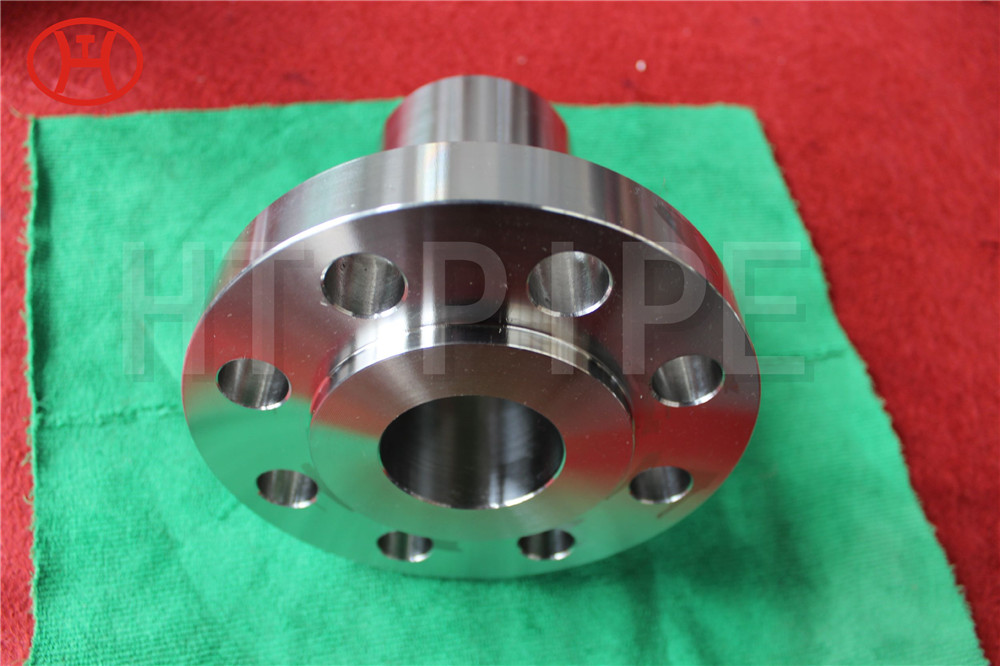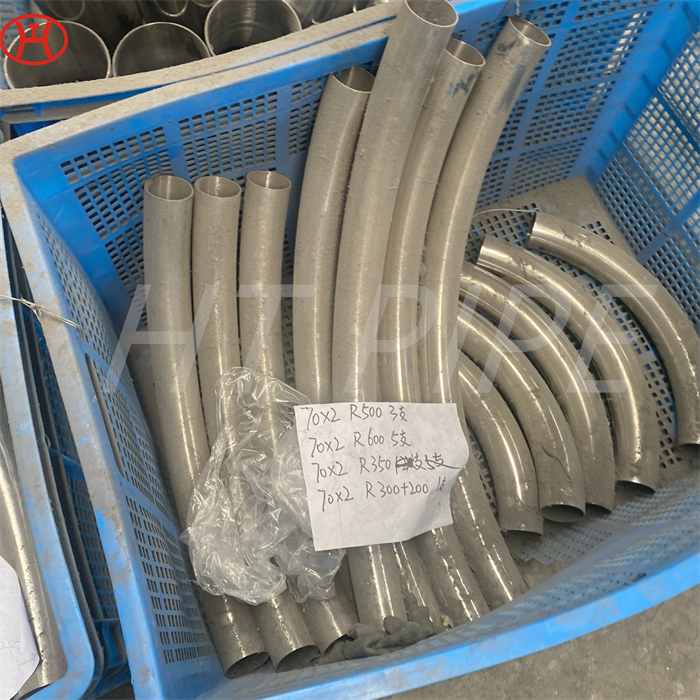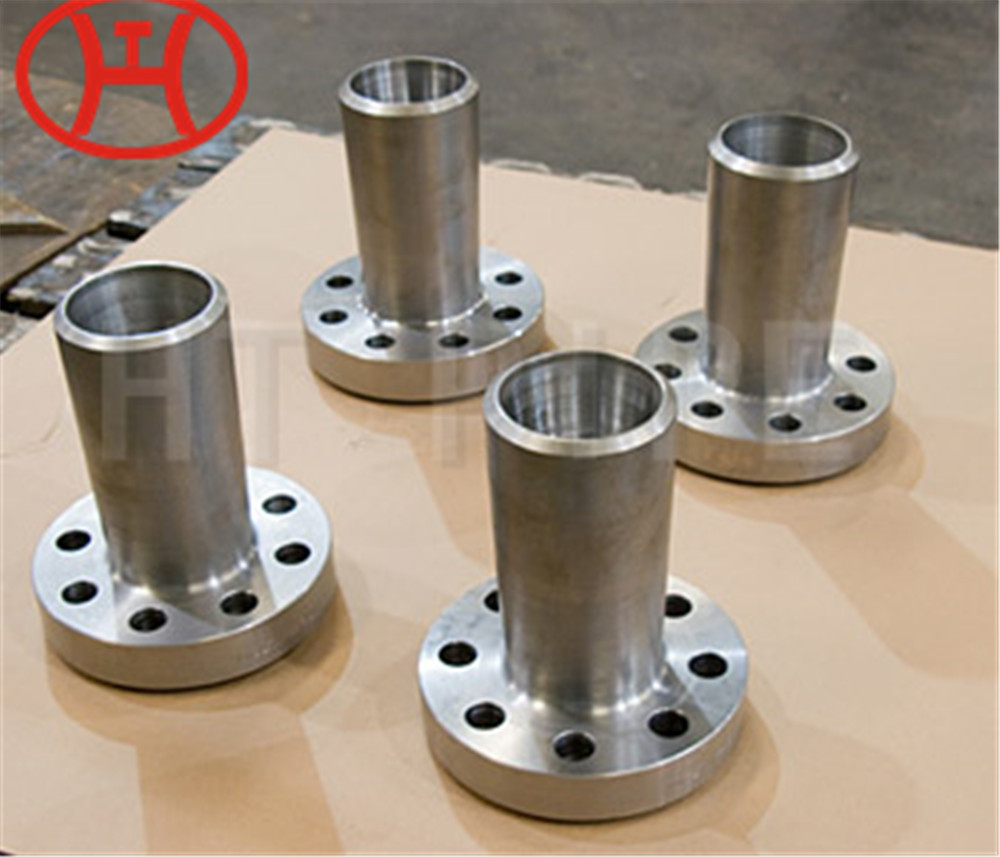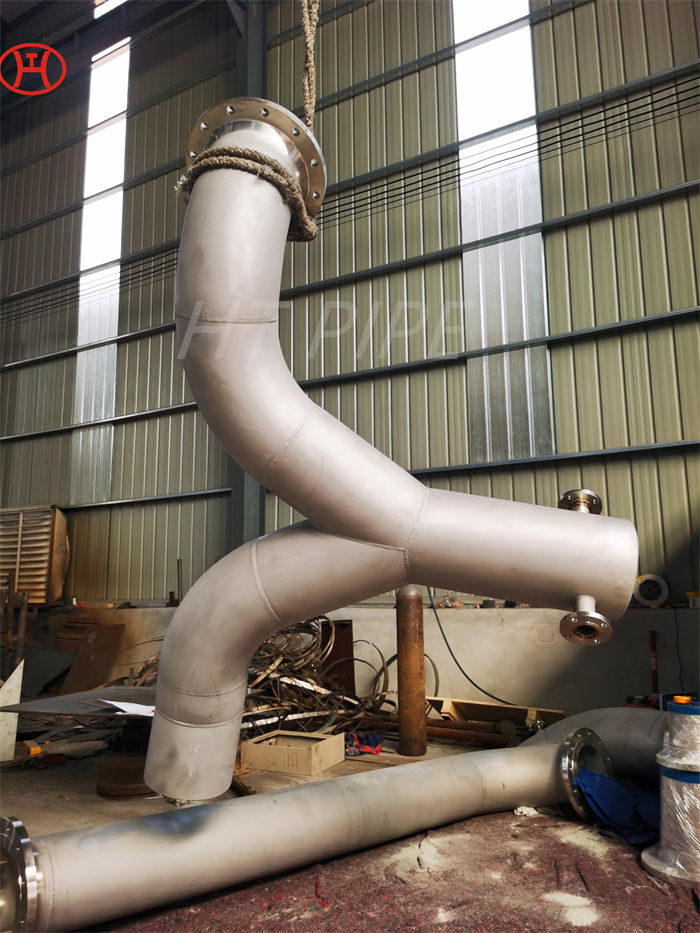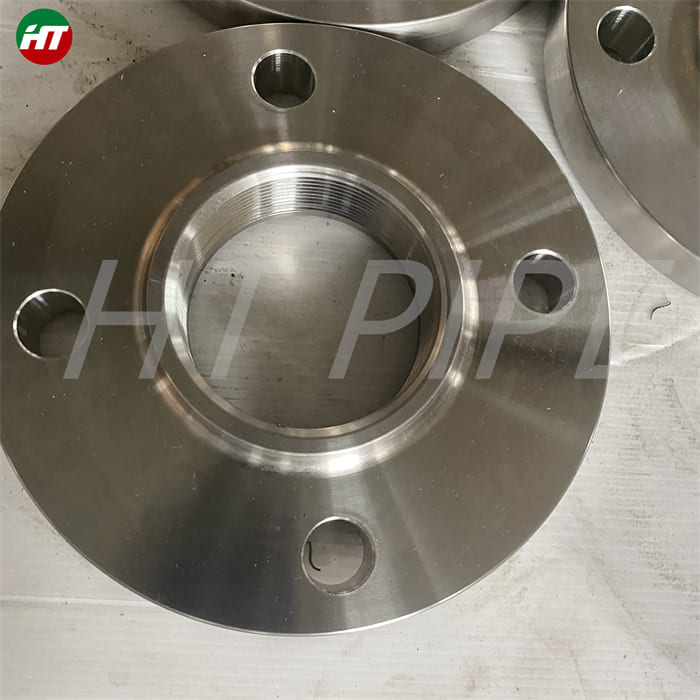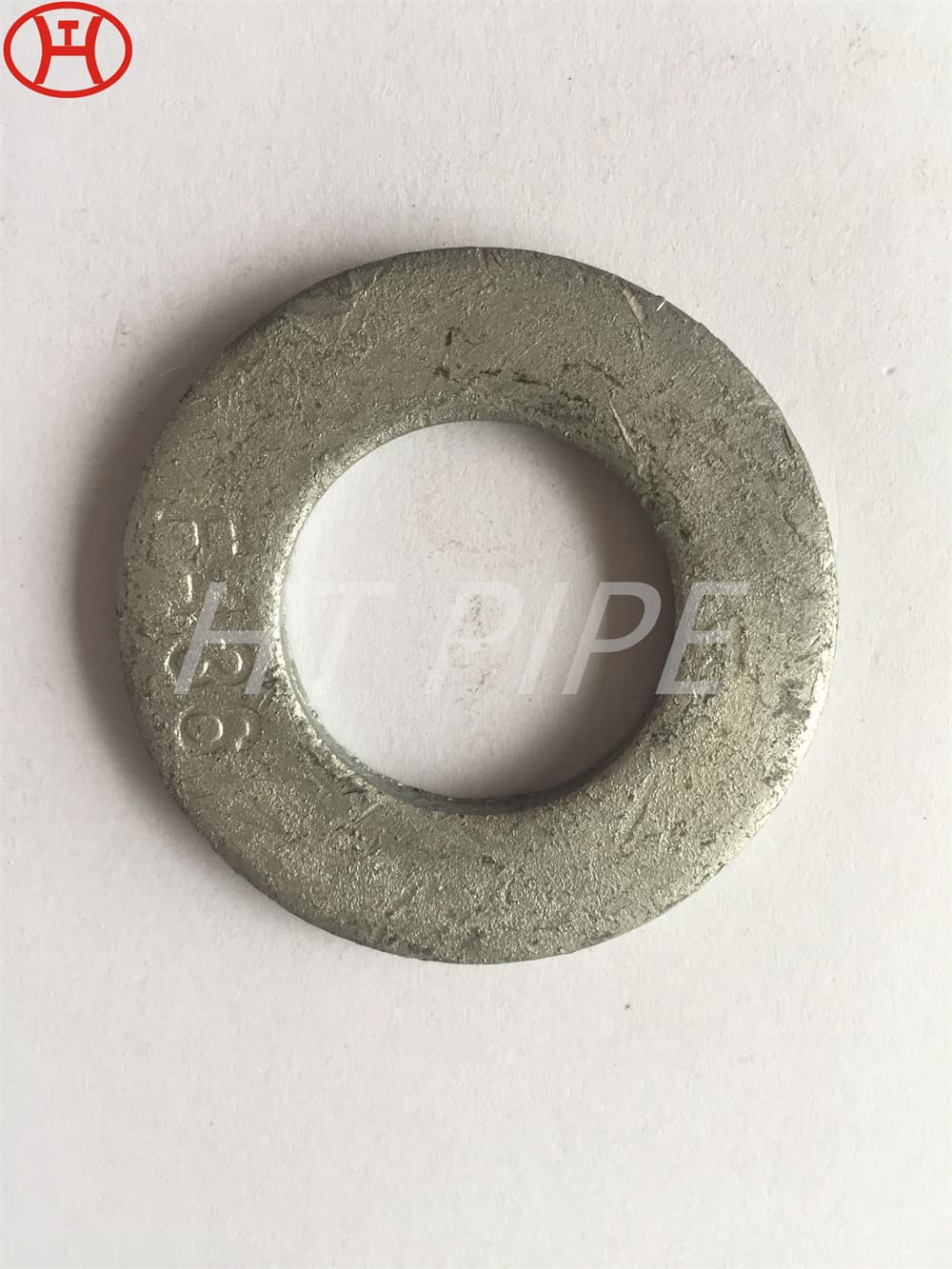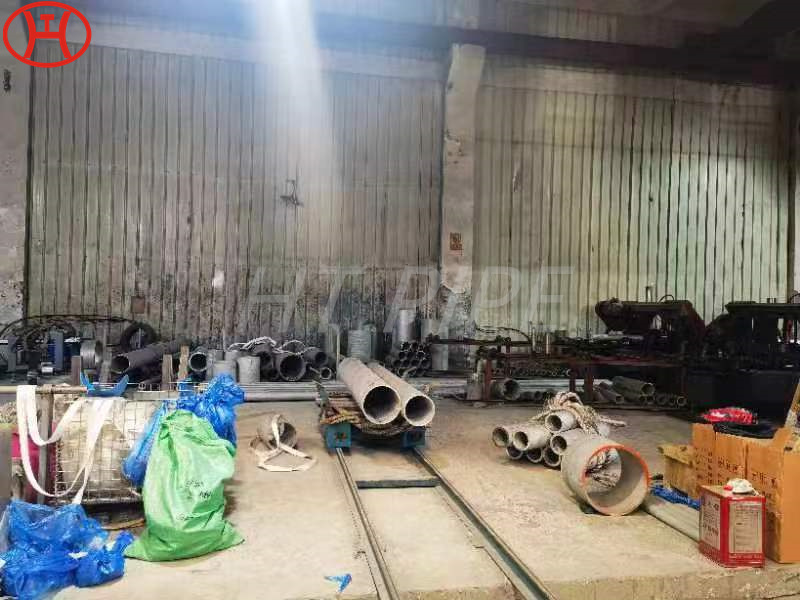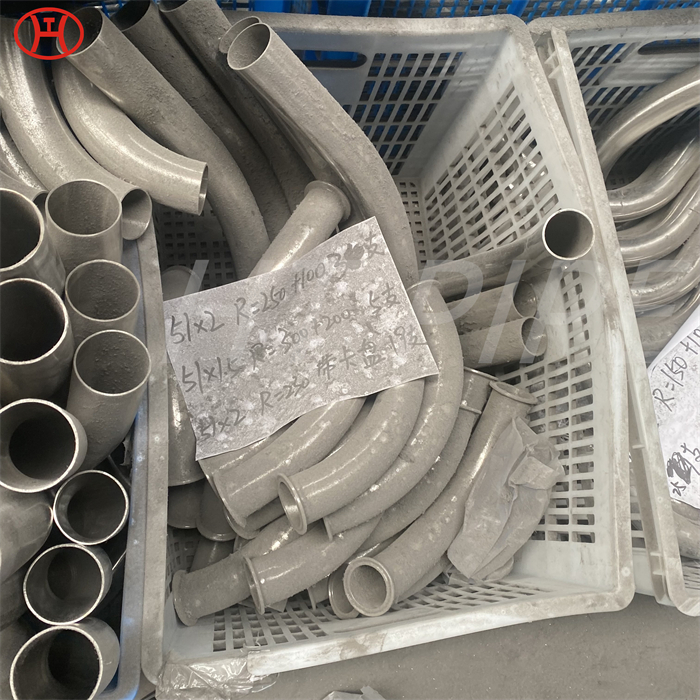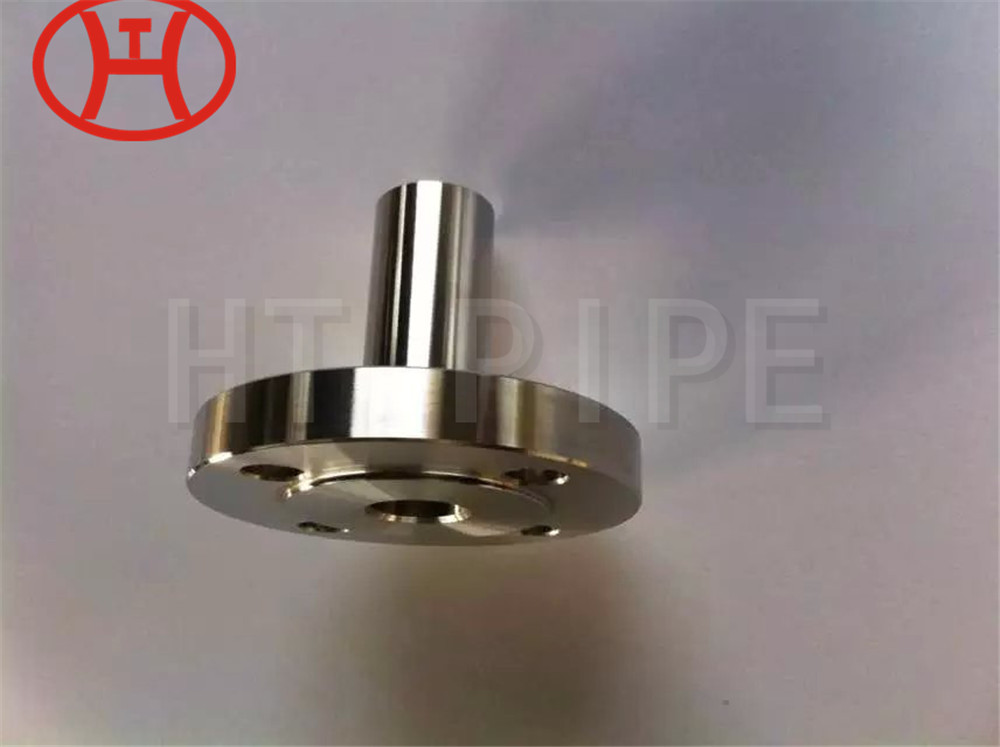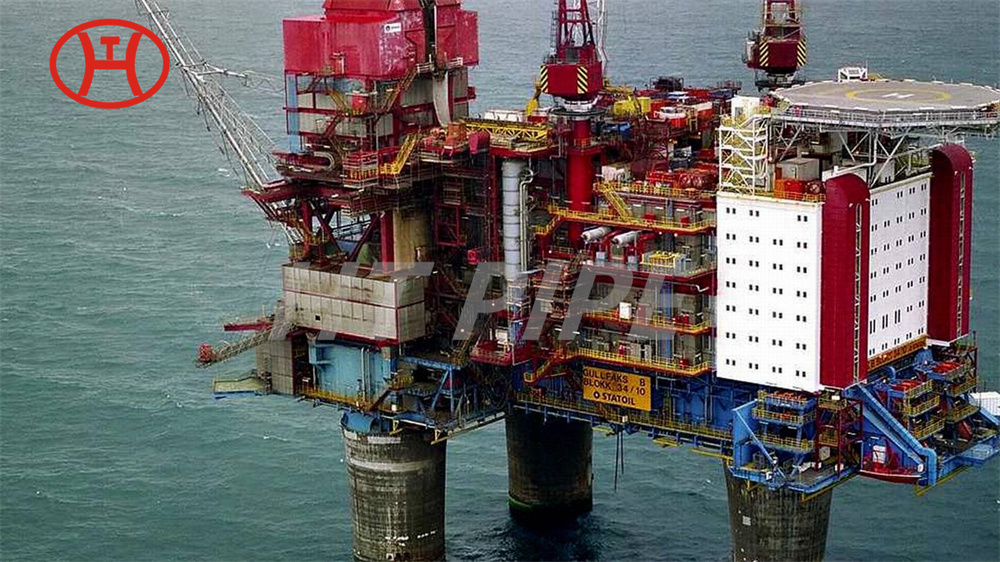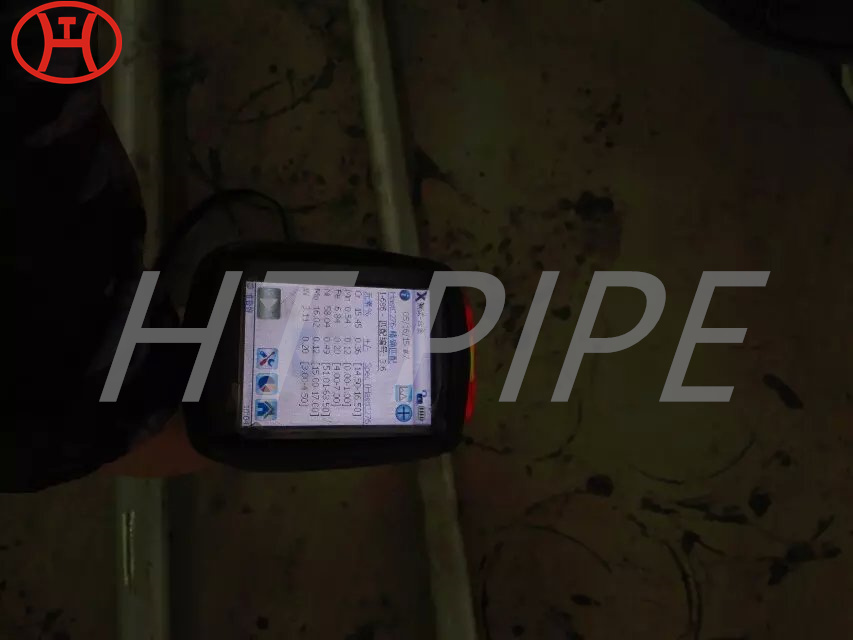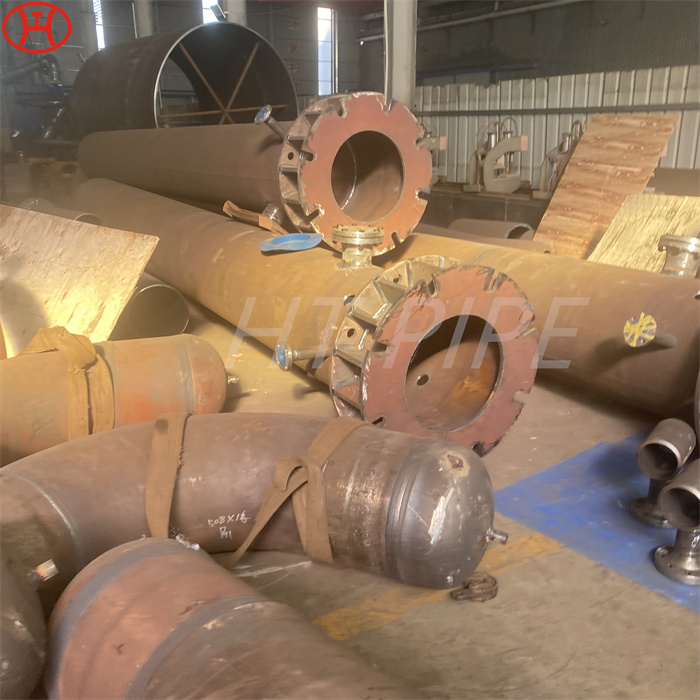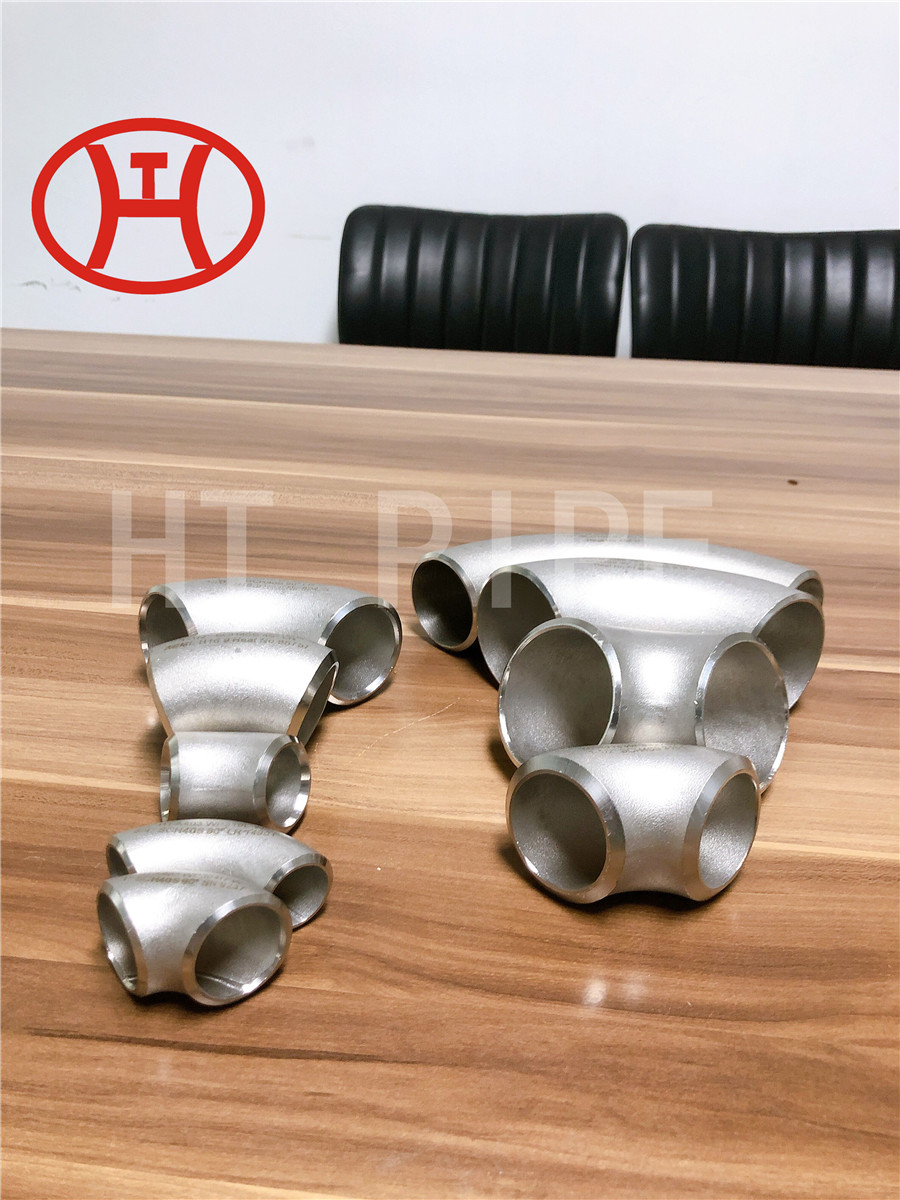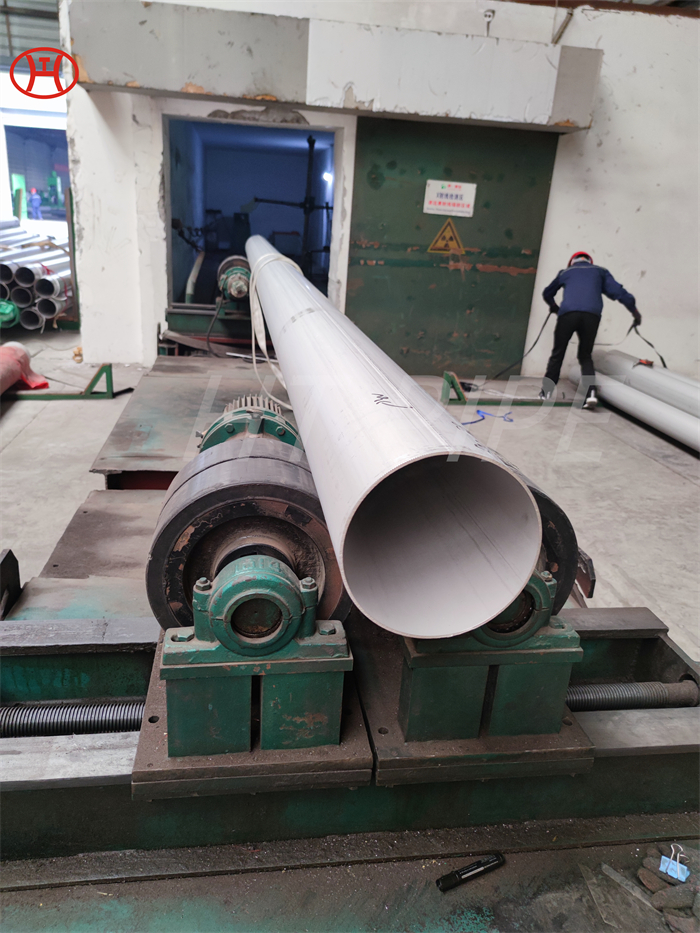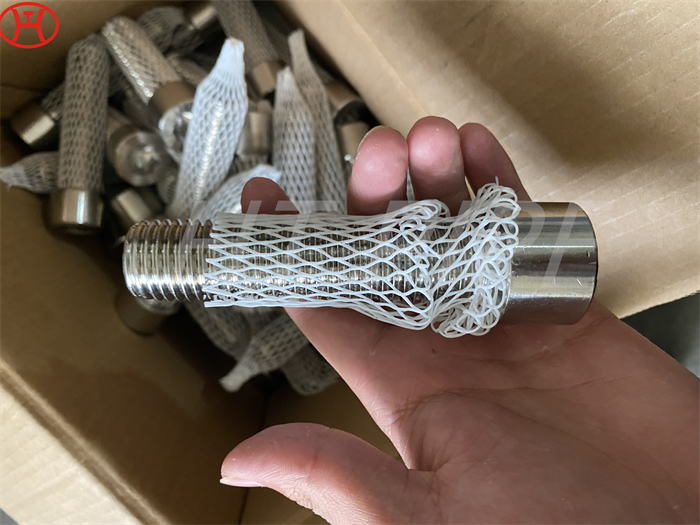Nickel Alloy Flanges Hastelloy B2 Spade Flange
According to the flange size, wall thickness and diameters, the pressure classes vary from class 150 through class 2500. There are also different faced flanges such as the ring type joint Alloy B2 RTJ Flange, raised face flange and flat face flange.
These Hastelloy B2 flanges are offered in various sizes and dimensions and can also be customized as per the needs of the client. B564 Hastelloy B2 Weld Neck Flanges are for the most part used to stop one end of the flanged pipe, the opening of a weight valve or a hole valve. Hastelloy B2 Flanges assessment is the most disintegration safe composites at this moment accessible. Hastelloy Blind Flanges with no borehole are known as Blind Flanges and used to close the end of the pipe. Blind Flanges are supplied as threaded or welded from class 150lb to 2500lb. We are committed to providing complete customer satisfaction when it comes to the quality, performance, timely delivery and prices of our products. Hastelloy B2 flanges, which are in stock and available now, are generally considered a versatile and highly corrosion resistant alloy. Hastelloy B2 flanges have excellent corrosion resistance in both oxidizing and reducing media which makes it well suited for a variety of strong corrosive applications.









































































































